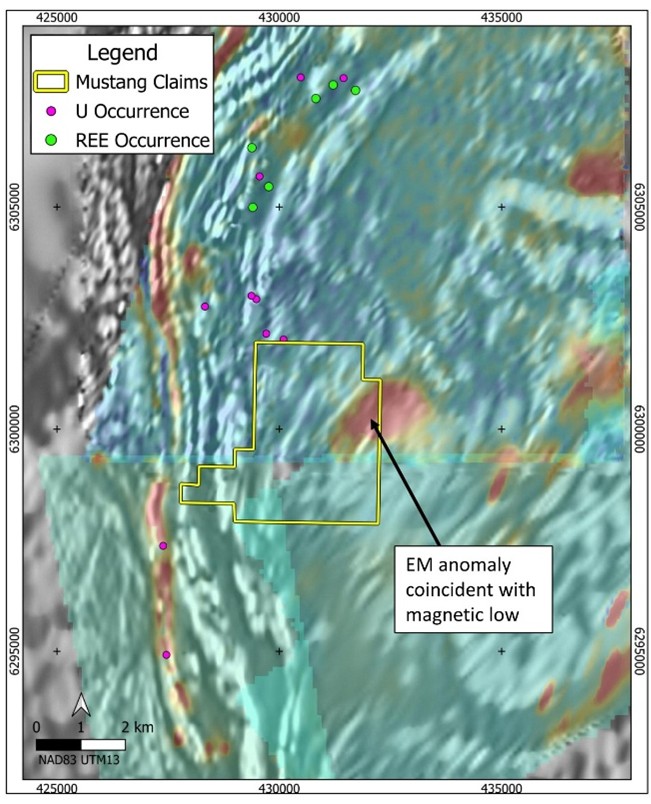Students from Quezon City Science High School (QCSHS) have further investigated the potential use of cassava leaves as a treatment for breast cancer. Twelve students at QCSHS conducted the study, which found that methanolic crude extract from leaves of locally grown cassava could potentially become a "safe, cheap, and less toxic" alternative to combat the MCF-7 breast cancer cell line. Cancer cell lines , according to the US National Cancer Institute, are ''cancer cells that keep dividing and growing over time under certain conditions in a laboratory'' and are ''used in research to study the biology of cancer and to test cancer treatments.
'' The QCSHS researchers concluded that the extract from the leaves of cassava—a common root crop in the Philippines—is ''not significantly different from those of established treatments,'' particularly chemotherapy drugs Vinblastine and 5-Fluorouracil. ''We discovered that it took 4.6 times more extract to cure breast cancer cells than normal cells.

So, that means that although our extract is crude, meaning not really purified, it can somehow discriminate between what cells are healthy and what cells are not,” Emmanuelle Reign Tica, one of the student researchers, told GMA News Online. Tica, along with her fellow student researchers Gabrielle Ruth Shinyo and Bryce Ethan Cruz, said that the study was conducted in compliance with their science research subject in grades 9 and 10 at QCSHS. This was inspired by another study that used cassava leaves to fight another human breast cancer cell line called SK-BR-3.
The compounds extracted from the cassava leaves were tested on the MCF-7 breast cancer cell line using a different extraction method, making it the first study to demonstrate its efficacy for this kind of cancer cell. The extract was tested in a laboratory (in vitro) and in a computer (in silico) setting. “Here in the Philippines, we know that cassava is native here because we are a tropical country.
So, aside from looking for cancer treatment, gusto sana namin na natural or organic po siya and also available and accessible to the population if ma-develop po siya as a drug,” Shinyo said. (Here in the Philippines, we know that cassava is native here because we are a tropical country. So, aside from looking for cancer treatment, we want it to be natural or organic and also available and accessible to the population if it will be developed into a drug.
) Their research paper was approved by a panel of doctors from the National Kidney and Transplant Institute when they were still Grade 9 students. When they were in Grade 10, the study was conducted with the assistance of a scientist who teaches biochemistry at the University of the Philippines Manila. The research, which was originally conducted “for the grades,” was presented at the American Association for Cancer Research (AACR) forum in Chicago, United States, on April 29.
Researchers from the Philippines and Taiwan were the only participants that were not from the United States. The study was also included in the list of finalists for the Rochester Institute of Technology’s 2025 Genius Olympiad. Only two groups of Filipino students qualified for this year’s Genius Olympiad competition, and they are set to compete in New York from June 9 to 13.
Tica stated that their study was somewhat personal to them and that they wanted it to be a tribute to their friends, family, and relatives who are afflicted with breast cancer. “Hopefully, in the future, this study can be sort of a starting point that could pave the way for a better, safer, and cheaper cancer treatment,” Tica said. “The study laid the groundwork for other studies to basically jump off of it and take the next step,” Cruz added.
Government support According to Vasquez, the total cost of the study, which would not have been possible without their parents' financial support, was P80,000. This excludes the cost of presenting the research to international fora and competitions. For Vazquez, the government should support research initiatives with additional funding and equipment, particularly in regular secondary schools.
“Imagine the potential of the Filipino students, di ba? Sobrang gagaling ng mga Pinoy talaga. ‘Yun din yung narealize ko through time..
. The only challenge nga is the funding, the financial support from the government. The school would not be able to support them financially kasi hindi siya talaga kasama sa program ng DepEd (Department of Education),” she said.
(Imagine the potential of Filipino students. Filipinos are really good. That's what I realized over time.
..The only challenge is funding, the financial support from the government.
The school would not be able to support them financially because it's not included in the program of DepEd.) Vasquez said regular public high schools are capable of producing quality research. “In regional science and technology fairs, hindi lang from science high schools ang nananalo," she said.
(Winners of regional science and technology fairs don't only come from science high schools.) “Kung merong sapat na funding or merong mga facilities na puwedeng ma-provide sa schools kung saan magko-conduct ng experimentation..
. then hindi sila mahihirapan.” (These schools wouldn't have any difficulties carrying out their experiments if they had the necessary funding and facilities.
) — VBL, GMA Integrated News.
Technology

QCSHS study boosts potential of cassava leaves for breast cancer treatment

Students from Quezon City Science High School (QCSHS) have further investigated the potential use of cassava leaves as a treatment for breast cancer.















